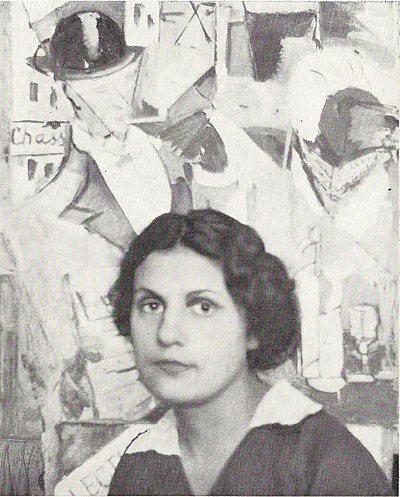
1886 - 1961
Nadezhda Udaltsova

description
A Russian artist, one of the “Amazons” of the avant-garde in Russia. Udaltsova devoted most of her career to easel painting; in the late period of her work, she was engaged in graphics. The artist was an active member and exhibitor of the “Jack of Diamonds”, “World of Art”, “Supremus”, “Moscow Painters”, and “13”.
Having successively passed through the stages of Cubism, Cubo-futurism and Suprematism that logically followed Constructive art, the artist moved away from the avant-garde, since she preferred the aesthetics of figurative painting.
As a teacher, she developed the innovative Object in Space course for free art workshops and the Institute of Art Culture, where she began working as an assistant to Malevich. The artist devoted more than ten years to teaching – before being accused of formalism and dismissed.
The art of Udaltsova, an artist of the era, is distinguished by harmony, the integrity of compositions, and boldness of experiments. Her paintings, which have undeniable artistic and collection value, are in the largest museums in Russia and private collections.
Key ideas:
– As the artist wrote in her diary, Parisian cubism was not her goal but just a school, “I was attracted not by the decorative-patterned side but by the rigor of the construction and laws of the painting itself with a restrained colour scheme.”
– The path that Udaltsova passed from Cubism and two of its main stages (analytics and synthetism) to non-objective art can be called classical for the Russian avant-garde. At the same time, creating Suprematist compositions, the artist also created paintings in the style of Cubo-futurism, as she treasured the lively sensation of colourful material and the beginnings of the picturesqueness of the work.
– Basically under the influence of her husband A. Drevin, Nadezhda Udaltsova took up emotional figurative painting. No invented “beauties”, pure motives of the open space into the distance, which is expressively cut by rivers and roads, ravines and hills. The artist remained true to her manner in the paintings she created after 1938 when Latvian Drevin was arrested as a counter-revolutionary. Unaware of his fate (he was shot very soon), she waited for him, refused to evacuate, worked at the airport and painted portraits of military pilots.
– After a new wave of accusations of formalism (1948), the artist went into “the quiet art” – she painted landscapes and still lifes, vaguely reminiscent of the Paris lessons with deep colours.
– The art of N. Udaltsova thus represents the more moderate wing of the Russian avant-garde. Having experienced the influence of Tatlin and Malevich, the artist did not become an adherent of their ideas, nor did she join the supporters of the applied sphere of fine art, becoming an adherent of original painting after a period of cubic enthusiasm.
1886
1905
1908
1911
1913
1915
1918
1922
1928
1938
1945
1946
1961
The birth of the artist
Started attending the private school-studio of K. Yuon and I. Dudin
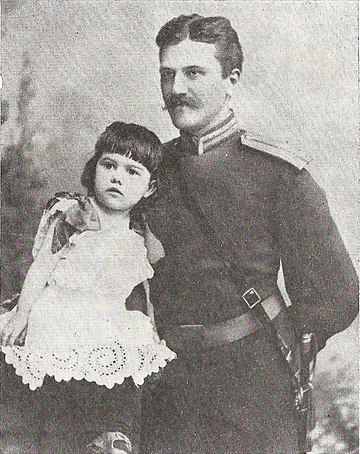
Made a study trip to Germany
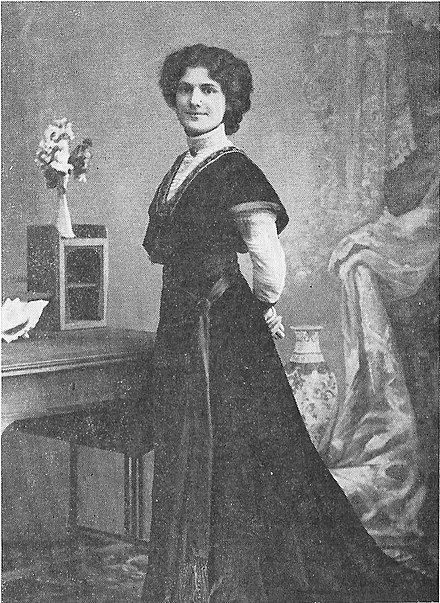
She studied at the Academy "La Palette" in Paris
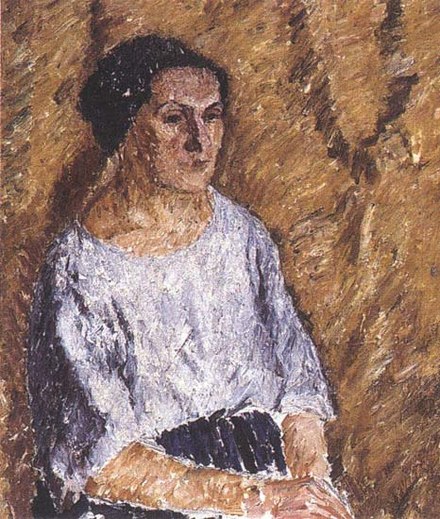
Worked at the Moscow workshop of V. Tatlin
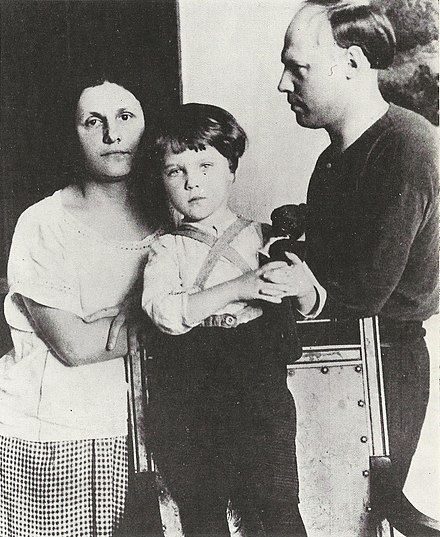
Entered the Supremus
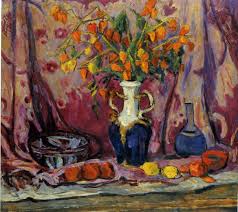
Worked as a teacher at free art workshops
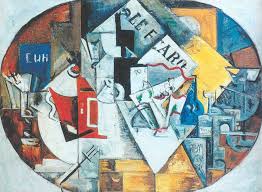
The artist's paintings were exhibited at the First Russian Art Exhibition in Berlin
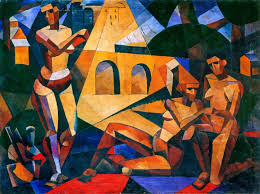
The exhibition of Udaltsova and Drevin
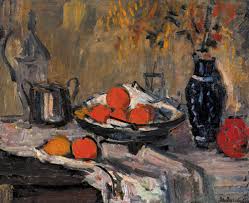
The artist’s husband A. Derevin was arrested
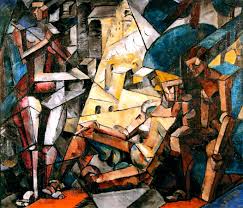
The chamber vernissage of the artist
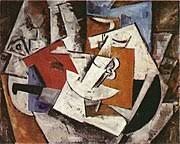
The artist was awarded the medal "For Valiant Labor in the Great Patriotic War"
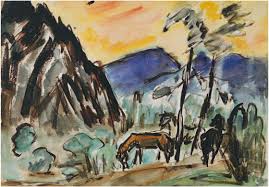
The death of the artist

Nadezhda Udaltsova
On Artist
flow
Post-impressionism
Expressionism
Suprematism
Cubism
friends
Alexander Drevin (husband and friend)
Olga Rozanova
Alexandra Exter
Vladimir Tatlin
Vera Efremovna Pestel
Ilya Mashkov
Petr Konchalovsky
Aristarkh Lentulov
Alexander Alexandrovich Osmerkin
artists
Konstantin Yuon
Paul Cezanne
Jean Metzinger
Henri Le Focognier
Pablo Picasso
Ivan Dudin
Nikolay Pavlovich Ulyanov
Vincent Van Gogh
Paul Gauguin
Henri Matisse
Victor Borisov-Musatov
Andre Dunoye de Segonzac
By Artist
flow
Cubofuturism
friends
Robert Falk
Varvara Stepanova
Kazimir Malevich
Lyubov Popova
Natalya Goncharova
Mikhail Fedorovich Larionov
artists
Nina Genke
Sergey Luchishkin
